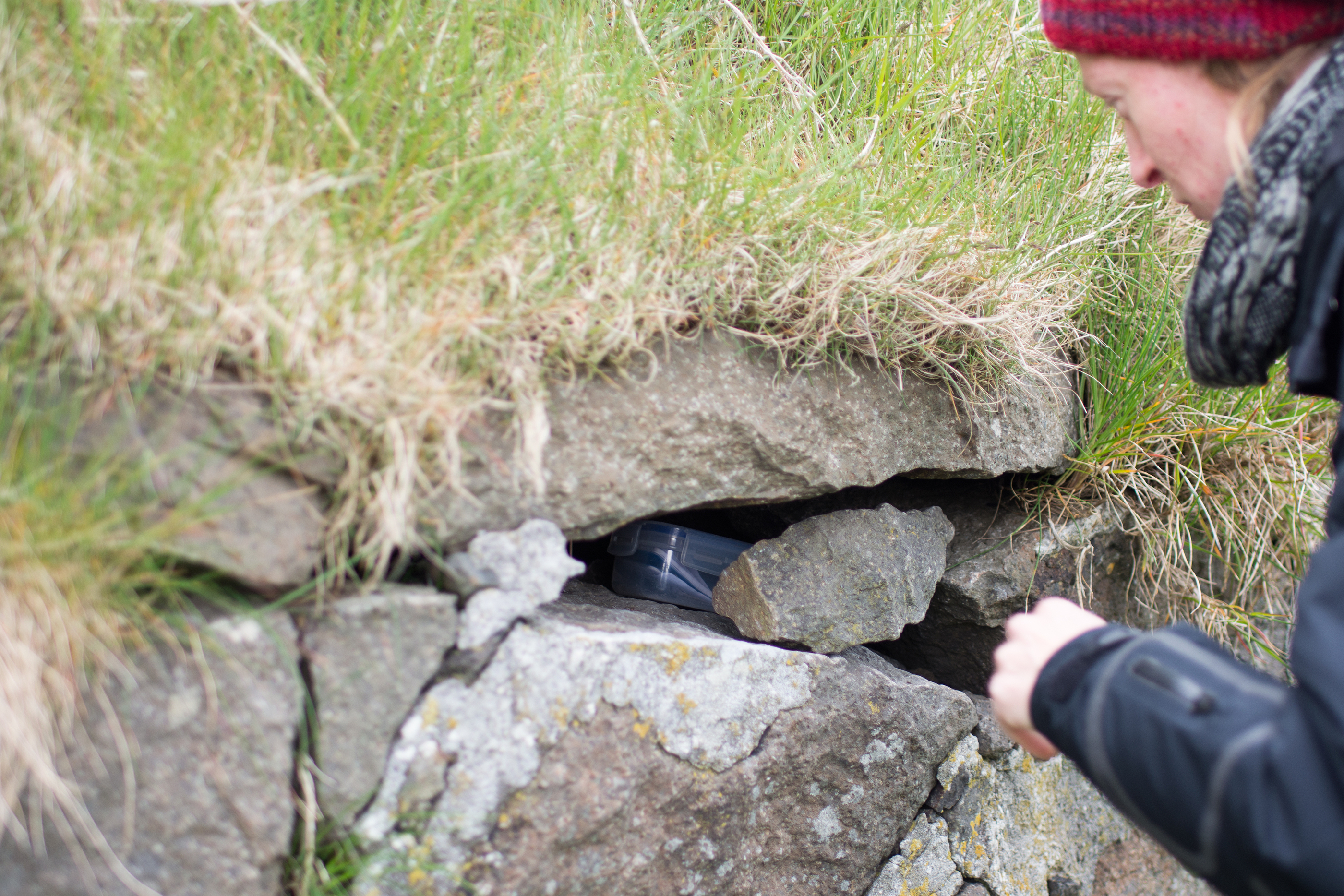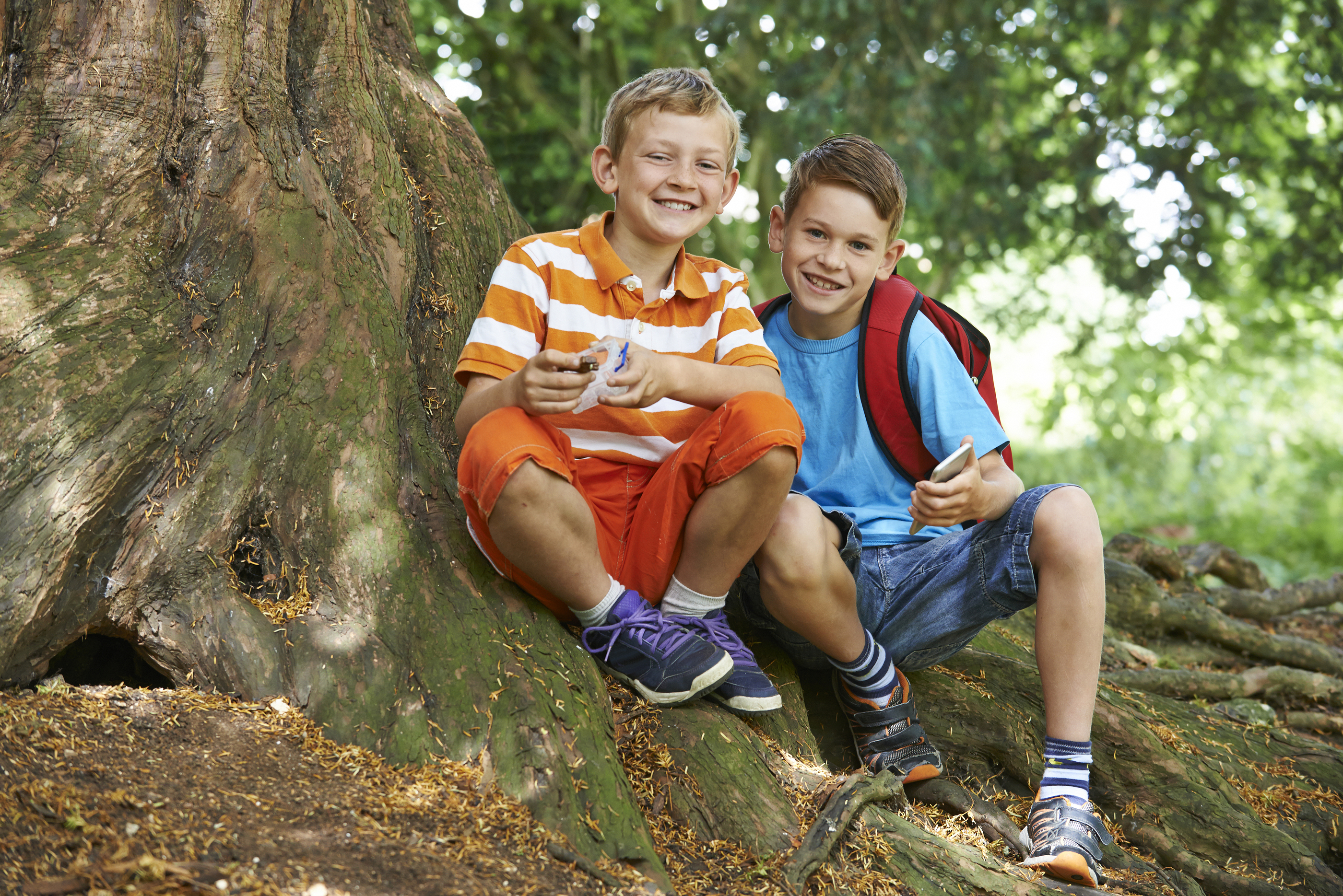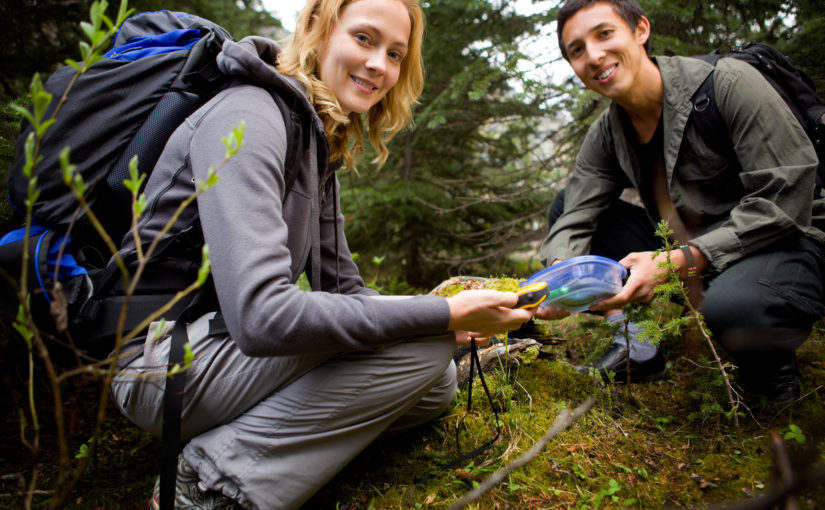If you love exploring the great outdoors, finding new places of interest, and taking part in treasure hunts, then geocaching could be the hobby for you. Play alone, with friends, or with your whole family — people of all ages love this pastime.
So, let’s get into what it is and how you play it.
What is geocaching?
Geocaching is a virtual outdoor game where players find containers using GPS. There are millions of geocaches hidden around the world, housed in containers of various sizes — all of which contain a log to be signed by the geocacher when the container is found.
How to get started with geocaching
To get started with geocaching, visit the official Geocaching website and sign up for a free account, and/or download the free Geocaching app.
Once you’ve got an account, you’ll be able to search for geocaches in your area, or anywhere in the world.
Finding your first geocache

Select a traditional geocache close to your location and read the description, then hit ‘navigate’ and head out to the coordinates given. Your phone will alert you when you’re very close, and then it’s a case of hunting around until you find it.
Check the size of the cache on the app — it helps to know if you’re searching for something tiny or huge!
If you’re struggling to locate the geocache, click on ‘hint’ in the geocache description and see if that helps.
Once you find the cache, open it up and remove the log book. Sign and date this with your geocaching username, then pop it back inside the cache, and replace the geocache exactly where you found it. Feel free to swap some swag if there is any.
Next, log your find on the Geocaching app and share your experience!
After your first find, you’ll no doubt be excited to find more. Try searching for geocaches of different sizes for variety, and then at a later date you might like to experiment with different types, such as virtual, mystery and earth caches.
What do geocaches look like?
Popular geocache containers include nanos (very small, metal and magnetic), film canisters (sometimes covered in camo material), plastic food storage boxes, and metal tins. However, you’ll find plenty more container types as you get into the hobby — from pretend plants to fake rocks!
Tools of the trade
Essential geocaching kit to get started:
- Your phone with the Geocaching app, or a GPS device with caches downloaded onto it — I’d start off with your phone and then consider moving onto a GPS device at a later date.
- A pen or pencil to sign log books.
- Tweezers — sometimes you’ll need to retrieve log books from very tight spaces!
- A torch — useful for seeing inside dark spaces such as tunnels, tubes, etc. Also essential for geocaching at night.
- Sensible footwear — you need decent waterproof footwear with good tread.
- Optional: Geocache ‘swag’ — this is small toys and trinkets that you can swap for those you find hidden in geocaches.
What are the benefits of geocaching?

- It makes exercise fun. Yes, you can drive to some caches, but most will require you to put in some legwork.
- It gets you out of the house, exploring your local area and enjoying some fresh air.
- It keeps your mind active — especially if you move on to the mystery geocaches which involve you having to work out a puzzle in order to obtain the correct coordinates for the physical cache.
- It’s great for family bonding.
- It gets the kids off their games console or laptop!
- The basic game is free — the premium version gives you access to many more geocaches, but it isn’t essential.
- The swag — kids love swapping small trinkets in geocaches they find. Adults love finding trackables.
- It’s fun!
- It’s creative — you’ll be amazed at some of the geocaches you find. You could also try creating your own once you’ve got the hang of finding them.
- It takes you to local landmarks and areas of interest you may not have already known about.
Have you been geocaching? Did you enjoy it? Let us know in the comments below!
